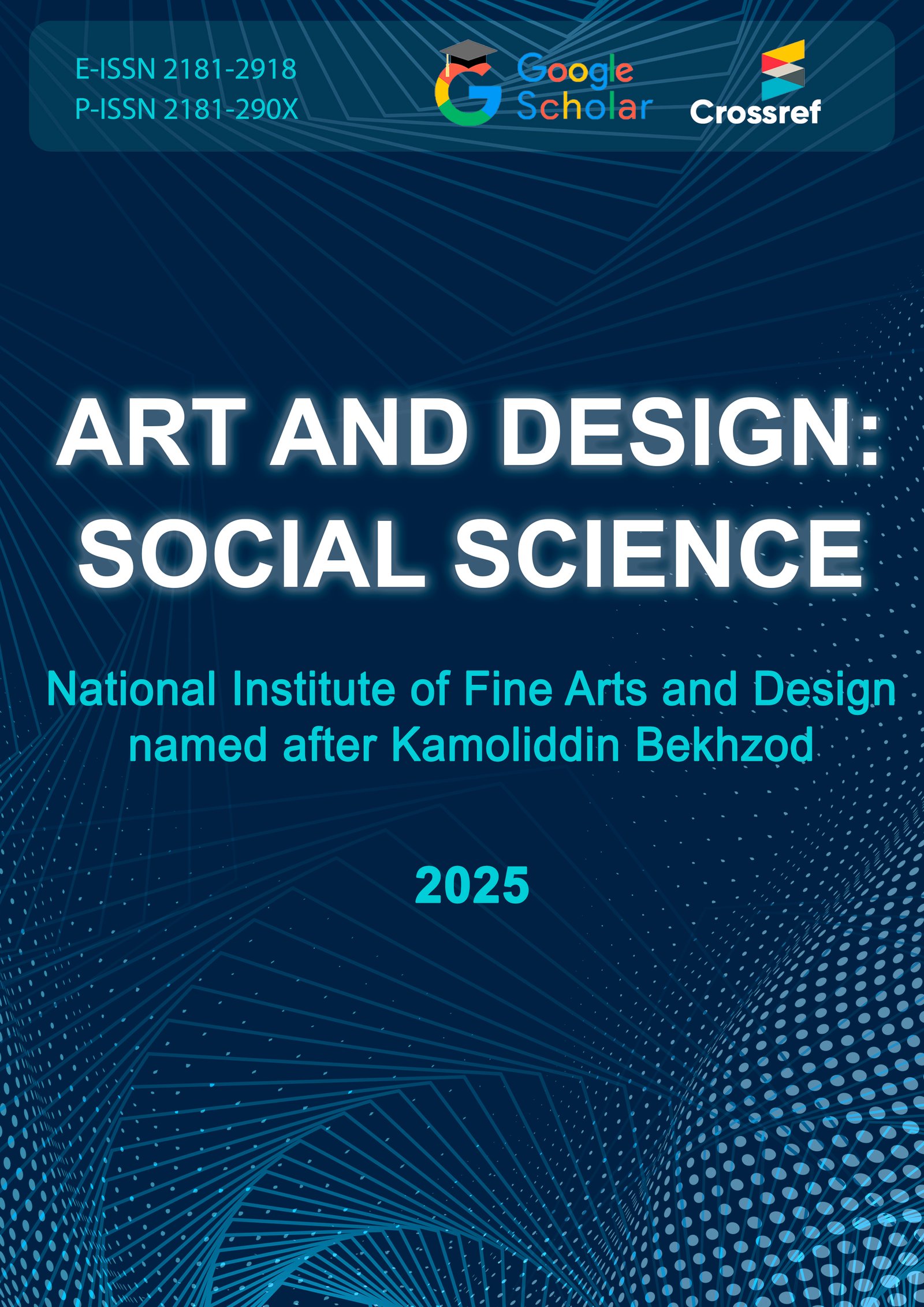OBSERVATION OF THE POETIC UNITY OF THE VERSE IN THE POETRY OF MUHAMMAD RIZA OGAKHI
Abstract
This article presents scientific and analytical ideas on the definition of types in Uzbek literature in terms of the structure of the byte and its function in the structure of the poetic work. Also, in our literature on the relationship of bytes and genres, historical sources have been studied and the correct theoretical foundations have been formed. The level of application, types, and functions of genres such as chiston, the problem is analyzed.
This article examines in detail the use of the poetic unity of the byte in the poetry of Muhammad Rizo Ogakhi, a unique representative of Uzbek classical poetry, in the genres created by various poets. that the development of meaning and word movement between verses (tadmin) later led to the development of poetic thinking in the byte, meaning that the bytes, although independent in meaning and lexical expression, the fact that they always have a relative logical connection with each other is shown in the example of Ogakhi’s work. It also explores the relationship between bytes and genres, historical sources, and forms the correct theoretical foundations. Such a relative interrelationship between the bytes serves to ensure the development of poetic imagery, the reaction to the existence of artistic determinism between byte verses in Eastern poetry through scientific considerations and proved by examples that it is the leading law of byte creation for all poets. based on a combination of weight, word, and rhyme. The combination of words and weights in each byte is cedar, hash, aruz in the byte; The rhyme serves not only the function of uniting the verses by creating a melody but also serves to form the content of the byte and to express the idea as a whole.
Keywords
ghazal, fard, qasida, masnavi, tuyukHow to Cite
References
Alisher Navoi. Mezon ul-avzon. // Alisher Navoi. A perfect collection of works. Twenty volumes. Volume 16 - T .: Fan, 2000.
Alisher Navoi. Mezon ul-avzon. // Alisher Navoi. A perfect collection of works. Twenty volumes. Volume 16 - T .: Fan, 2000.
Rustamov A. Navoi's artistic mastery. - T .: Literature and Art Publishing House, 1970.
Ogakhiy Muhammad Rizo Erniyozbek oglu. Works. Six volumes. Volume 2 Devon. - T .: Literature and Art Publishing House, 1972.
Ogakhiy Muhammad Rizo. The tumor of the people of love. - T .: People's Heritage Publishing House, 1999.
Matyakubova H. Small poetic genres in the works of Ogakhi: dis. avtoref. - T .: 2000.
Sheikh Ahmad Ibn Khudoydod Tarazi. Funun ul-baloga. // Uzbek language and literature. - 2002. - № 2.
Muammar Yuzbashiogli Literary signs with examples. - Istanbul, 1982.
Stebleva I.V. K voprosu formirovanie obraznoy sistemi liriki v klassicheskoy tyurkoyazichnoy poezii. // Problems of historical poetry of Vostoka literature. - M .: Nauka, 1988.
Jurayeva, N. G., Raimjanova, N. K., Djamalutdinova, B. R., Khorunova, S. B., & Jumaeva, S. D. (2021). Creative Features Of Non-Traditional Lessons In English Lesson In The Sphere Of Higher Education. NVEO-NATURAL VOLATILES & ESSENTIAL OILS Journal| NVEO, 15523-15528.
License
Copyright (c) 2022 Nazokat JURAYEVA

This work is licensed under a Creative Commons Attribution 4.0 International License.




 Art and Design: Social Science
Art and Design: Social Science